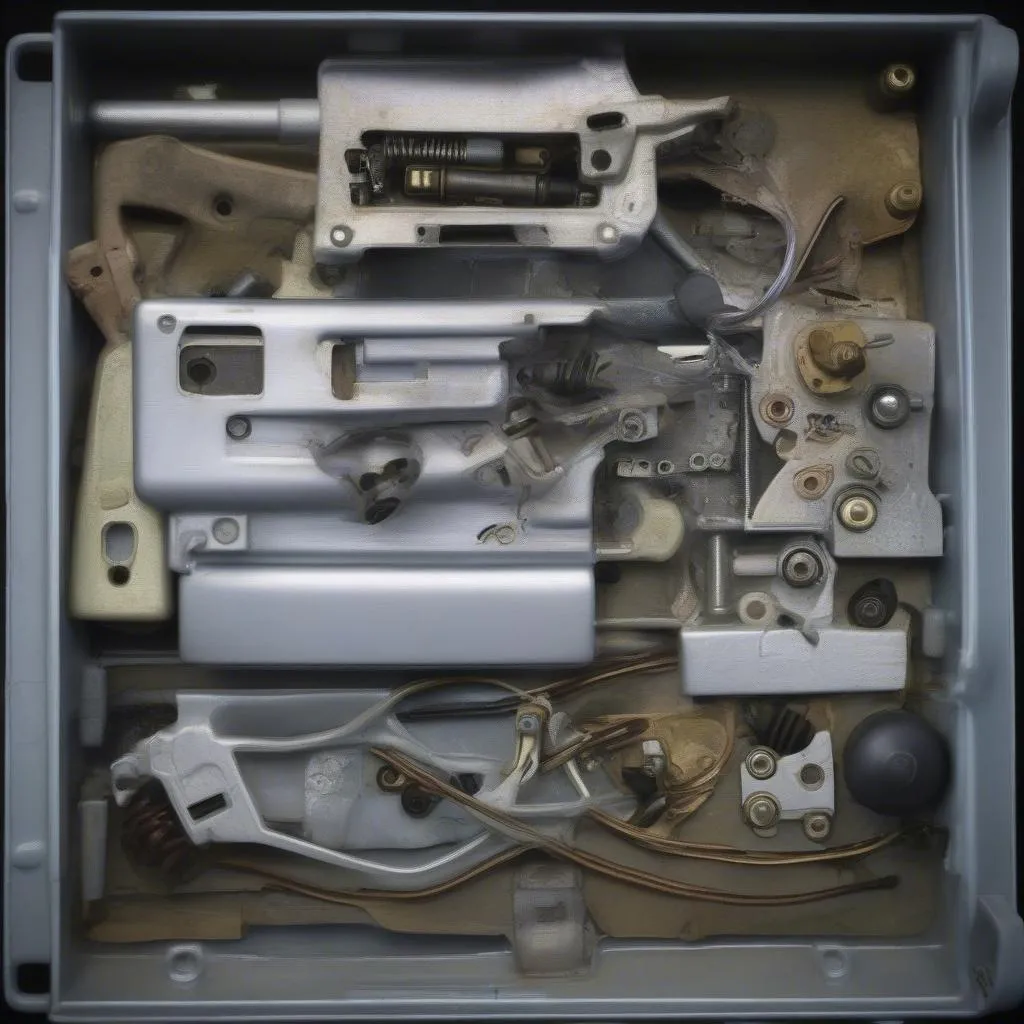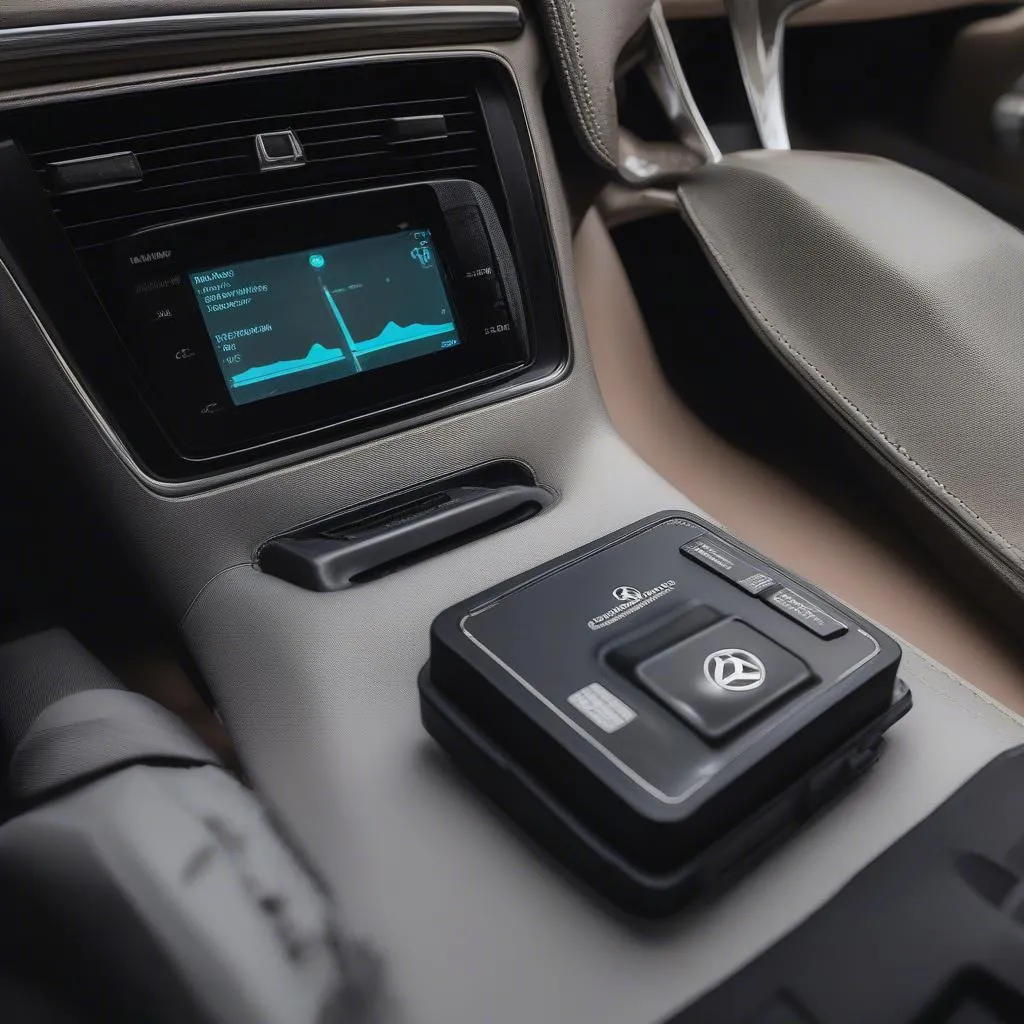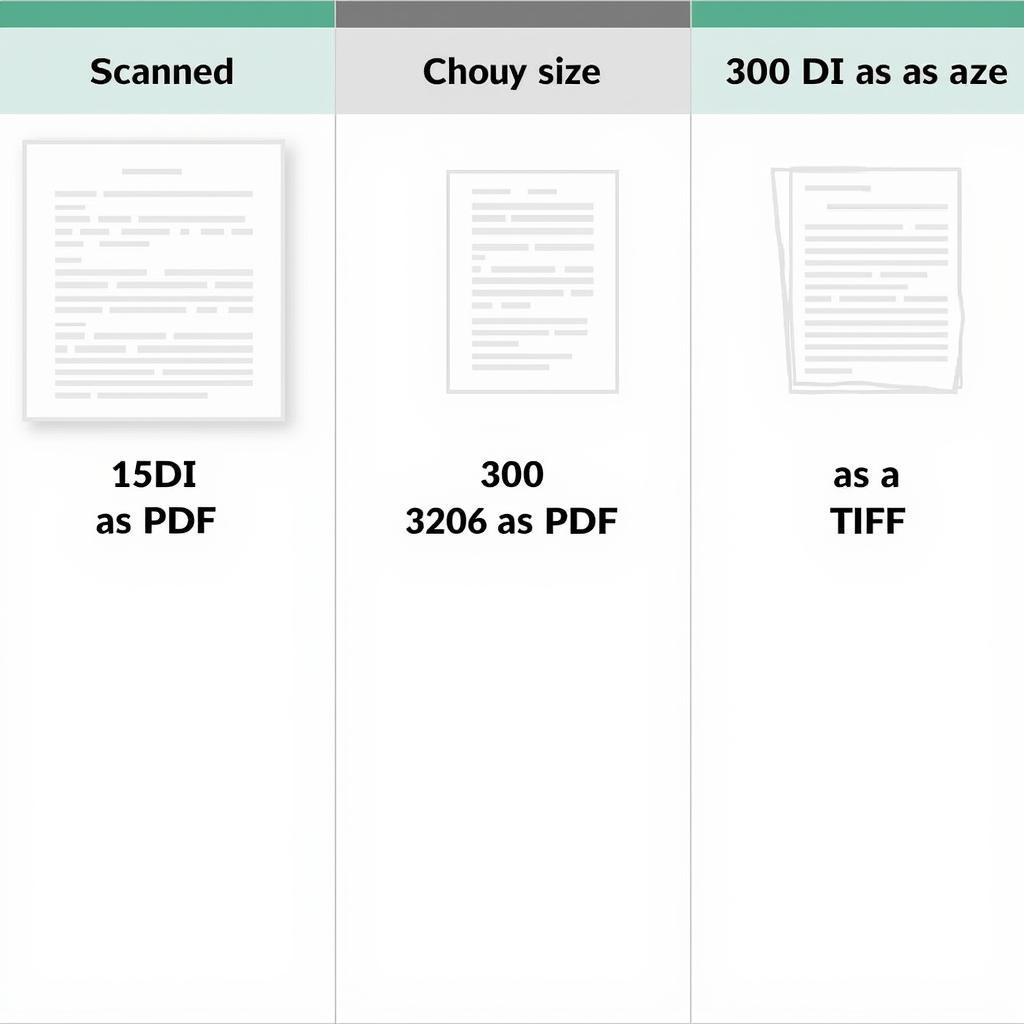The Mercedes W116, a true classic, is known for its luxurious ride and timeless design. However, even these automotive masterpieces can experience issues with age, and door lock problems are a common complaint. If you’re struggling with a stubborn door lock on your W116, don’t despair! This guide will provide you with a step-by-step approach to diagnose and fix the problem yourself.
Understanding the Potential Culprits
Before diving into the repair, it’s essential to understand what might be causing your door lock woes. Here are some common culprits in the Mercedes W116:
- Worn-out Actuators: The actuators are responsible for moving the locking mechanism. Over time, they can wear out, leading to malfunctions.
- Faulty Door Lock Relays: These relays control the power supply to the door locks. A malfunctioning relay can disrupt the entire locking system.
- Binding Linkage Rods: The linkage rods connect the lock cylinder to the latching mechanism. If they become bent, rusted, or disconnected, the lock won’t operate smoothly.
- Vacuum System Issues (If Applicable): Some W116 models use a vacuum-assisted central locking system. Leaks or blockages in the vacuum lines can hinder lock operation.
Identifying the Problem
Pinpointing the exact cause requires a bit of investigation:
- Listen Closely: When you operate the lock, do you hear any unusual noises like grinding, clicking, or whirring?
- Check for Physical Obstructions: Inspect the lock cylinder and surrounding area for any debris, rust, or broken parts.
- Test All Doors: Do all doors exhibit the same issue, or is it isolated to a specific one? This can help narrow down whether the problem is localized or system-wide.
For a more thorough diagnosis, especially for electrical issues, consider using an OBD2 scanner like those offered by Cardiagtech. These handy devices can read error codes stored in your car’s computer, providing valuable insights into the root cause.
Gathering Your Tools and Equipment
Before you begin the repair, gather the following:
- Socket Set and Wrenches: You’ll need these to remove door panels and access lock components.
- Screwdrivers (Phillips and Flathead): Essential for various fasteners and clips.
- Penetrating Oil (WD-40 or Similar): Helps loosen rusted or seized parts.
- White Lithium Grease: Ideal for lubricating moving parts after cleaning.
- Replacement Parts (If Needed): Actuators, lock cylinders, linkage rods, etc.
Repairing the Door Lock: A Step-by-Step Guide
The exact repair procedure will vary depending on the root cause. Here’s a general guide for common issues:
1. Accessing the Lock Mechanism:
- Disconnect the Battery: This crucial step prevents electrical shorts.
- Remove the Door Panel: Carefully pry off any trim pieces and unscrew the door panel to expose the inner workings.
2. Troubleshooting and Repair:
- Worn Actuator: Disconnect the wiring harness and mounting bolts. Install the new actuator, ensuring proper alignment.
- Faulty Relay: Locate the door lock relay (usually in the fuse box) and swap it with a known working one.
- Binding Linkage Rods: Inspect the rods for damage. Clean and lubricate them, bending them back into shape if necessary. Replace severely damaged rods.
- Vacuum System Issues: Check vacuum lines for leaks, cracks, or disconnections. Repair or replace as needed.
3. Reassembly and Testing:
- Reconnect the Battery: Once the repair is complete, reconnect the battery.
- Test the Lock: Thoroughly test the door lock operation to ensure everything functions smoothly.
 Mercedes W116 Door Lock Mechanism
Mercedes W116 Door Lock Mechanism
Common Questions About Mercedes W116 Door Locks
Q: Can I replace just the door lock actuator, or do I need to replace the entire lock assembly?
A: In many cases, you can replace just the actuator, which is a more cost-effective solution. However, if the lock cylinder itself is damaged, you might need to replace the entire assembly.
Q: My W116 has a central locking system. Could that be causing the issue?
A: Yes, a faulty central locking system can definitely lead to door lock problems. Check the system’s fuse, relays, and wiring for any faults. If you suspect a vacuum leak, you can often pinpoint it by listening for hissing sounds when the system is activated.
Q: Are there any specialized diagnostic tools that can help with door lock troubleshooting on a W116?
A: While not strictly necessary, an OBD2 scanner, like those from CARDIAGTECH, can be helpful for diagnosing electrical issues related to door locks. These scanners can read error codes stored in the car’s computer, providing clues about the problem.
 Cardiagtech OBD2 Scanner Diagnosing Mercedes W116
Cardiagtech OBD2 Scanner Diagnosing Mercedes W116
Conclusion
Fixing door locks on a Mercedes W116 might seem daunting at first, but with a little patience and the right guidance, it’s a manageable task. Remember to diagnose the problem carefully, gather the necessary tools, and follow the steps methodically. And if you’re ever unsure about a step, don’t hesitate to consult a professional mechanic. By tackling the issue head-on, you’ll be back to enjoying your classic Mercedes in no time!


